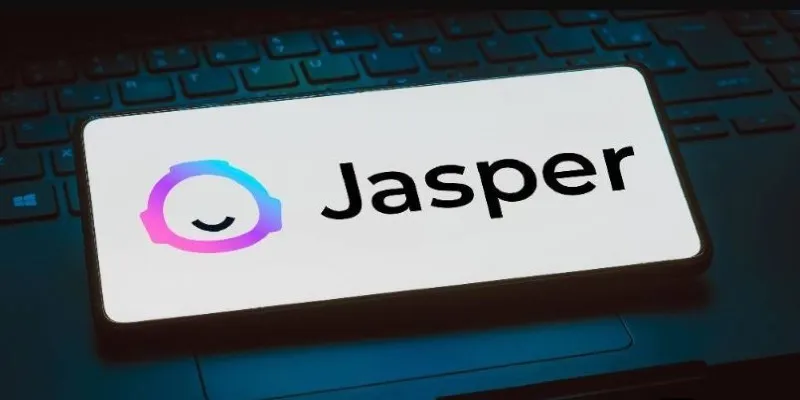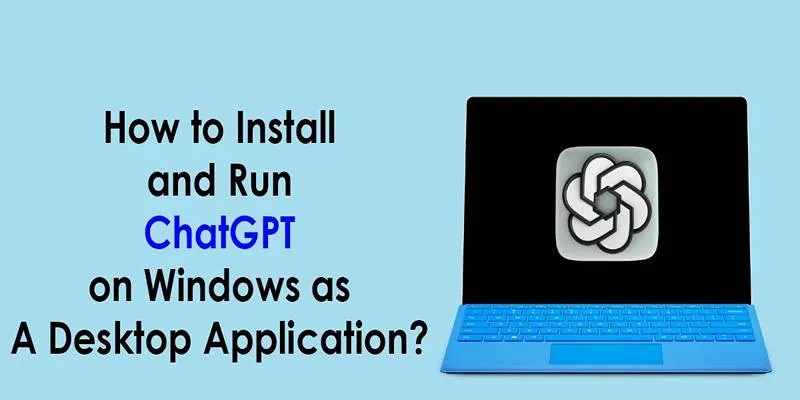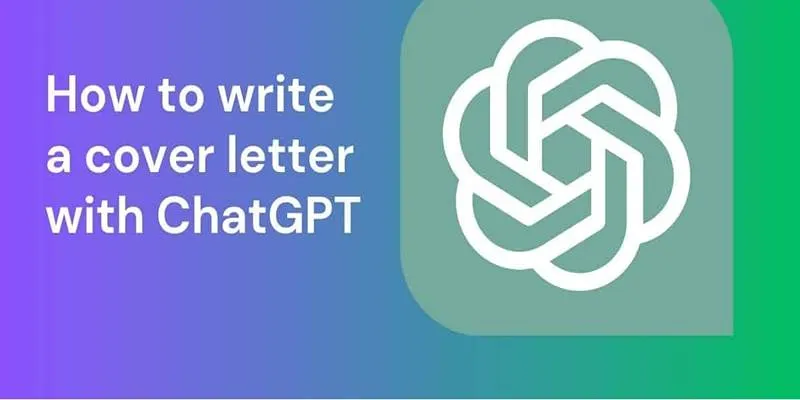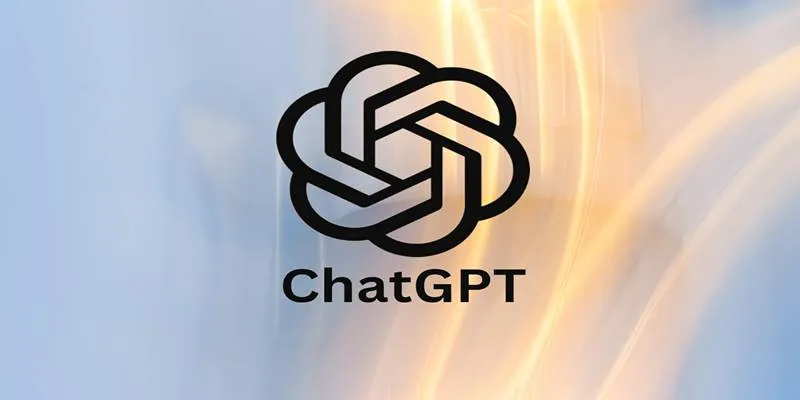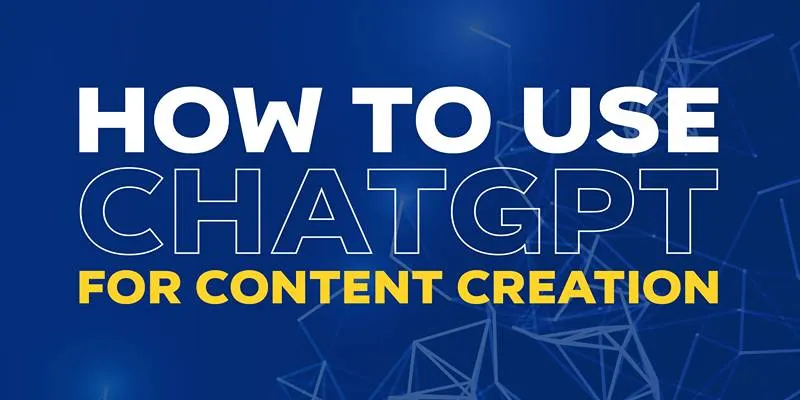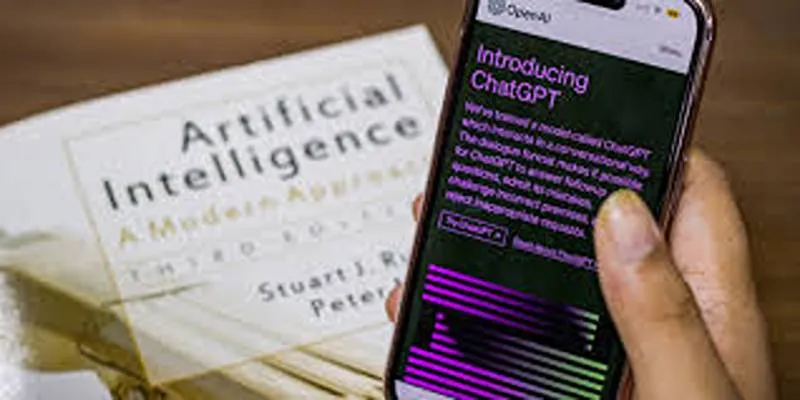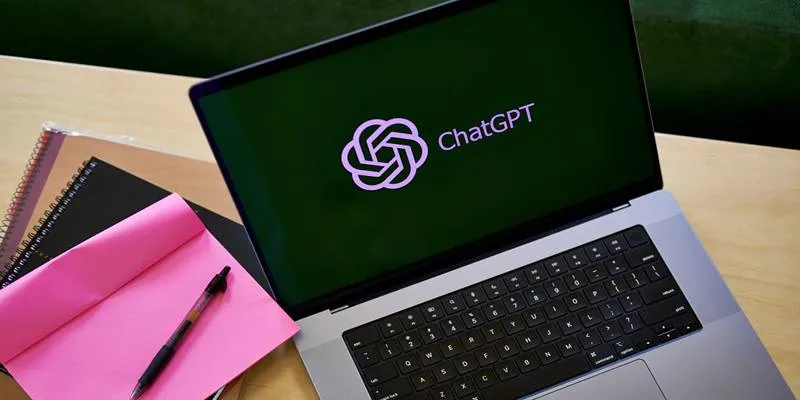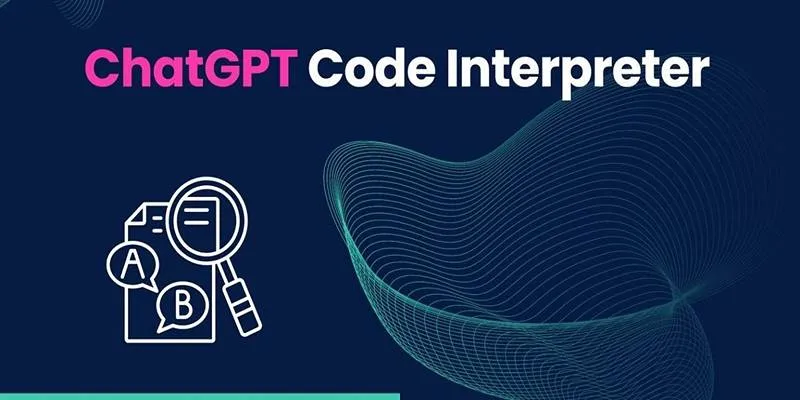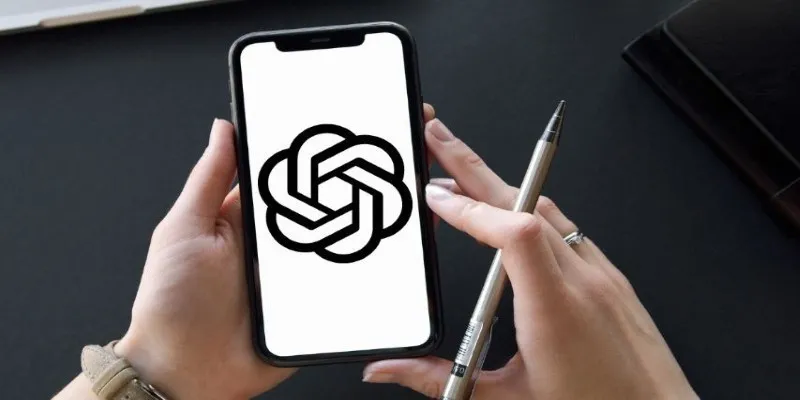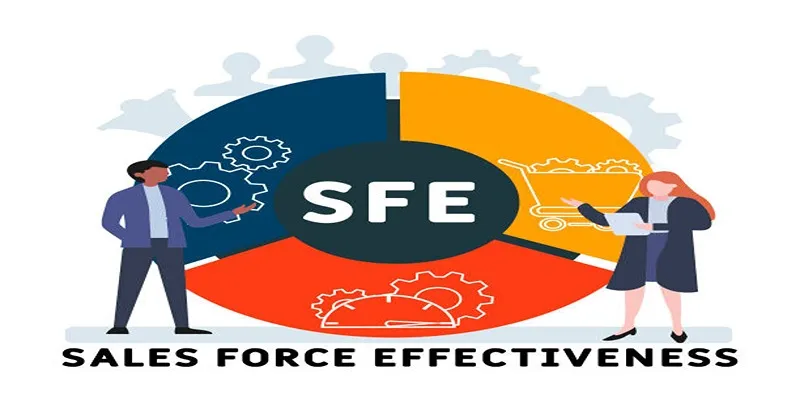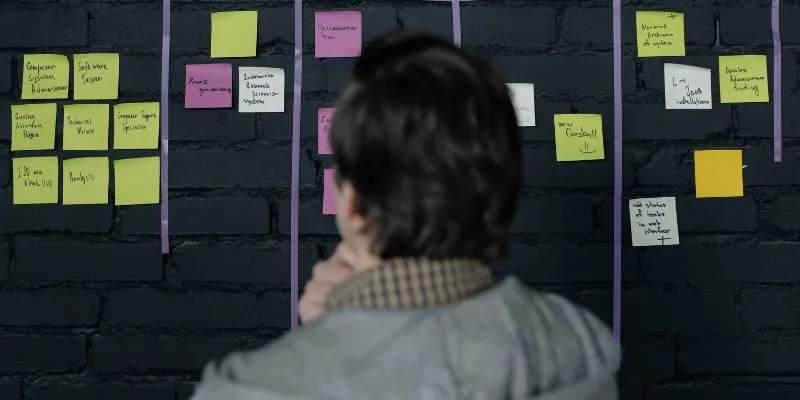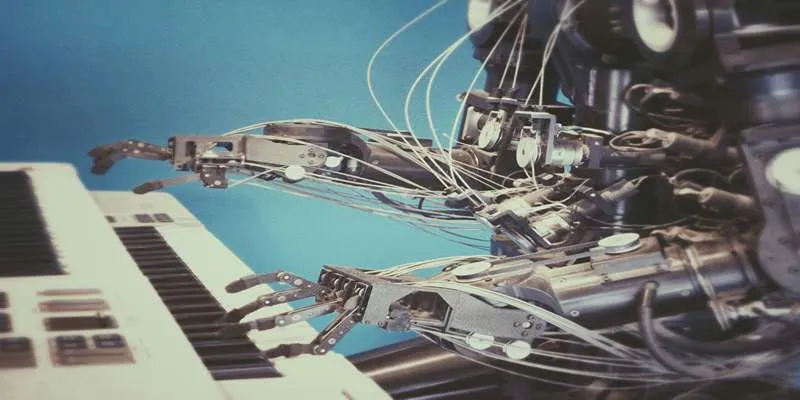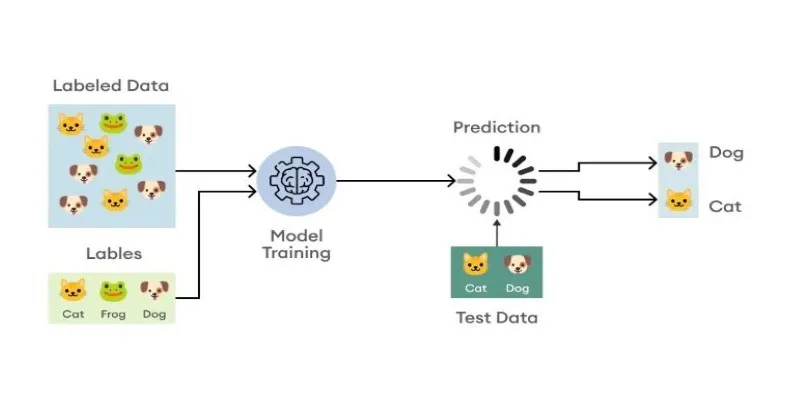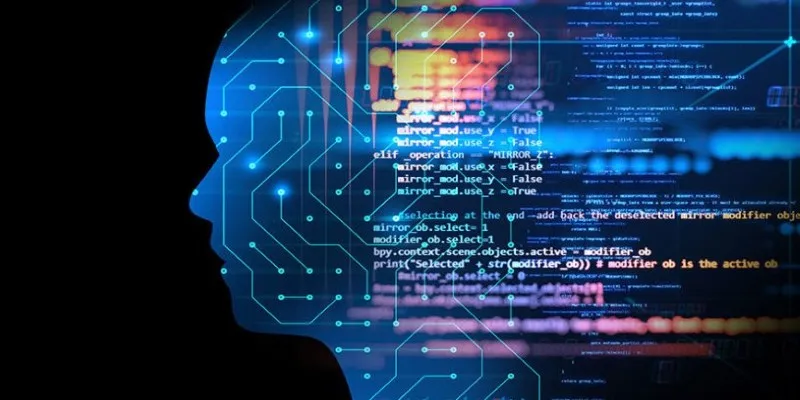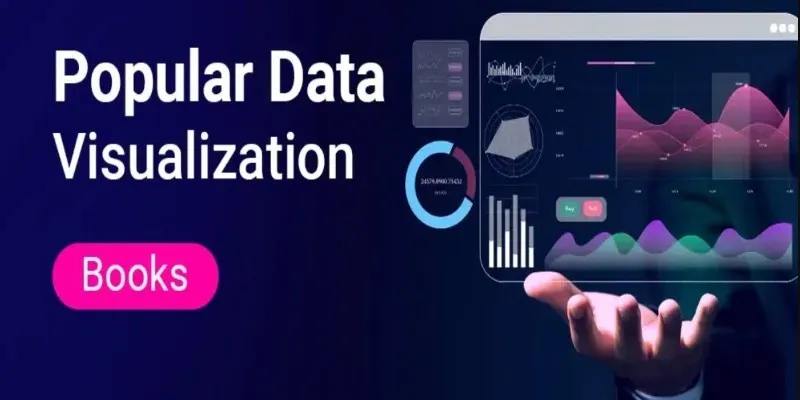Crafting a persuasive proposal is one of the most impactful ways professionals communicate ideas, pitch projects, or seek approvals. Whether in business, research, funding, or client acquisition, a well-written proposal can determine whether a concept moves forward—or disappears into the stack of rejections. However, developing such proposals demands time, strategy, and a strong command of written communication. This is where ChatGPT proves to be a valuable tool.
As an advanced AI language model, ChatGPT assists in structuring content, refining language, and maintaining consistency throughout a proposal. It doesn’t replace human insight or subject-matter expertise but acts as a collaborative assistant that accelerates the process. With clear input and purpose, ChatGPT can help professionals create proposals that are not only structurally sound but also highly persuasive.
How to Write a Persuasive Proposal Using ChatGPT: A Step-by-Step Approach
To create a compelling proposal with the help of ChatGPT, it’s important to follow a structured approach. This ensures that the content remains focused, persuasive, and tailored to the intended audience. Below are the essential steps that guide the process from concept to final customization.
Step 1: Preparing the Core Components of the Proposal
ChatGPT’s effectiveness begins with the clarity of the user’s input. The first step in writing any proposal is understanding the project’s foundation. A persuasive proposal requires a well-defined scope, a clearly articulated problem, and an actionable plan.
Before initiating ChatGPT in the process, the writer must determine:
- What is the core idea or solution being proposed?
- Who is the target audience or decision-maker?
- What problem does the proposal address?
- What are the estimated resources, timeline, and deliverables?
These foundational components allow ChatGPT to generate text that aligns with the project’s specific context and objectives. Without this clarity, AI-generated content can sound generic or misaligned with the proposal’s goals.
Step 2: Structuring the Proposal in a Standardized Format
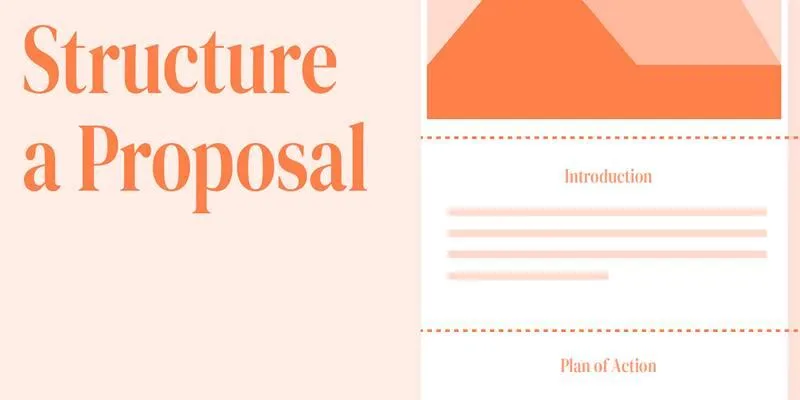
A successful proposal isn’t just about what is said—it’s about how it’s organized. Every industry or field follows a generally accepted structure for proposals. For instance, business proposals often include an executive summary, problem statement, proposed solution, implementation plan, budget, and benefits. Academic or research proposals typically follow a different structure with background, methodology, literature review, and objectives.
ChatGPT can be instructed to follow a particular industry format. With a predefined structure in mind, the writer can guide the AI to fill in each section using the project’s specific details. This helps ensure consistency, flow, and logical progression in the document.
By aligning with industry expectations, the proposal is more likely to be understood and taken seriously by decision-makers.
Step 3: Expanding the Proposal Section by Section
Once a proper structure is outlined, ChatGPT can help flesh out each section with clarity and persuasive language. Rather than attempting to draft the full proposal at once, writers can approach it in segments. This allows for more control over content, tone, and emphasis.
Each part of the proposal—such as the objectives, implementation plan, or budget justification—can be expanded using ChatGPT. The AI can turn bullet points or key ideas into full paragraphs, maintaining coherence and professionalism.
This approach not only speeds up the writing process but also ensures that each section maintains depth, structure, and alignment with the overall narrative. It minimizes common issues like redundancy or uneven tone across different parts of the document.
Step 4: Enhancing Persuasiveness Through Strategic Language
Beyond just completing the proposal, ChatGPT can assist in making it more persuasive. Persuasion in writing is not about exaggeration but about presenting compelling, solution-oriented arguments that resonate with the reader’s priorities.
Writers can guide ChatGPT to:
- Emphasize the benefits or value proposition of the proposal
- Address potential concerns or objections proactively
- Highlight return on investment or measurable impact
- Maintain confident, formal, and proactive language throughout
These persuasive elements can often be subtle—framing a timeline as “agile and responsive” rather than simply “two months” or presenting outcomes as “measurable improvements” rather than “expected changes.” ChatGPT can assist with this nuanced phrasing, helping the proposal leave a stronger impression.
Step 5: Reviewing, Editing, and Maintaining Consistency
Even with AI assistance, human oversight remains essential. A well-crafted proposal should be free of inconsistencies, grammatical errors, or conflicting statements. After generating content with ChatGPT, writers should carefully review each section.
Areas to focus on during the review include:
- Tone consistency across sections
- Logical flow from one part to another
- Clarity and relevance of every paragraph
- Proper formatting and adherence to submission requirements
Writers should also ensure that the proposal speaks with one voice. Inconsistencies in language, terminology, or style can weaken the reader’s trust. While ChatGPT helps generate polished content, manual refinement helps align everything with the intended tone and purpose.
Step 6: Customization for Different Audiences
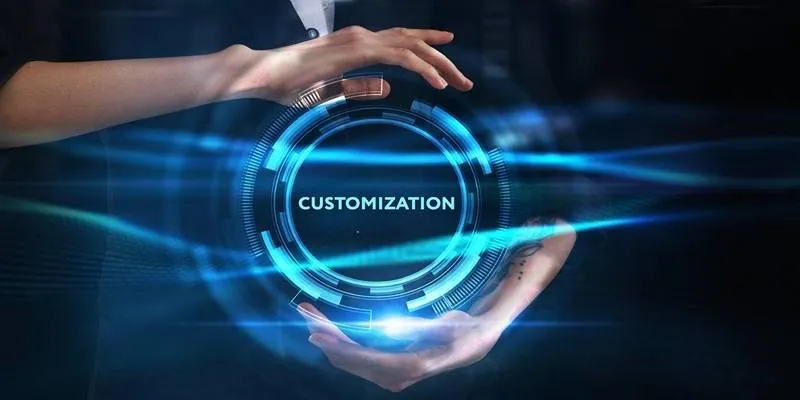
A proposal often needs to be adapted for different stakeholders. What convinces a technical reviewer may not resonate with a financial decision-maker. ChatGPT allows for rapid customization by rewriting or reframing content based on the audience’s priorities.
For example, the same proposal can be tailored in two ways:
- One version emphasizes strategic alignment and cost-effectiveness for executives
- Another highlighting scientific merit and methodology for researchers
Such targeted customization significantly increases the likelihood of engagement and approval by demonstrating that the proposal is tailored—not generic—and responsive to the audience’s specific concerns. With minimal time investment, ChatGPT makes it easier to maintain consistency while creating multiple compelling versions of the same foundational idea.
Conclusion
ChatGPT offers a powerful way to streamline and strengthen the proposal writing process. By helping users organize content, generate persuasive language, and maintain structural consistency, it turns a traditionally time-consuming task into a more efficient, focused effort.
Although AI can’t replace human creativity or insight, it enhances a writer’s ability to present ideas professionally and persuasively. For businesses, researchers, and entrepreneurs, ChatGPT serves as a valuable tool to communicate vision clearly—and secure more approvals.
 zfn9
zfn9
